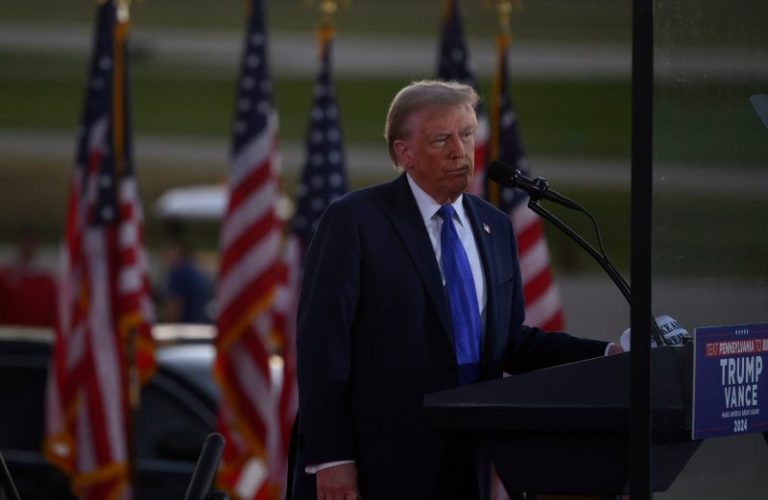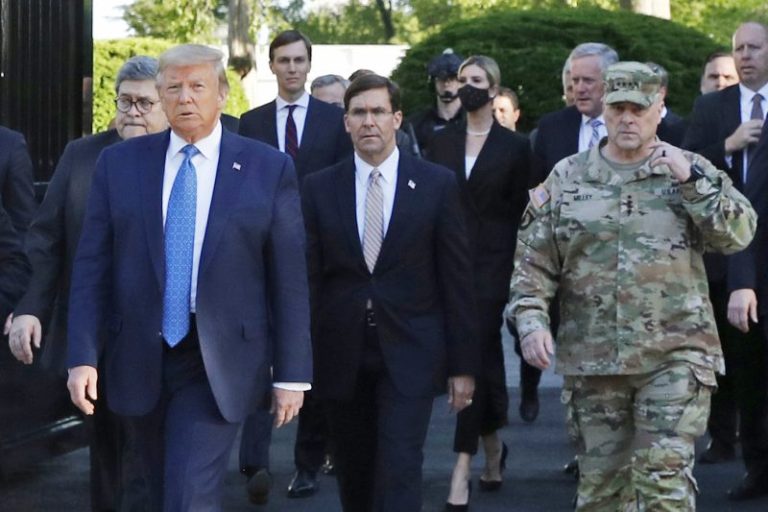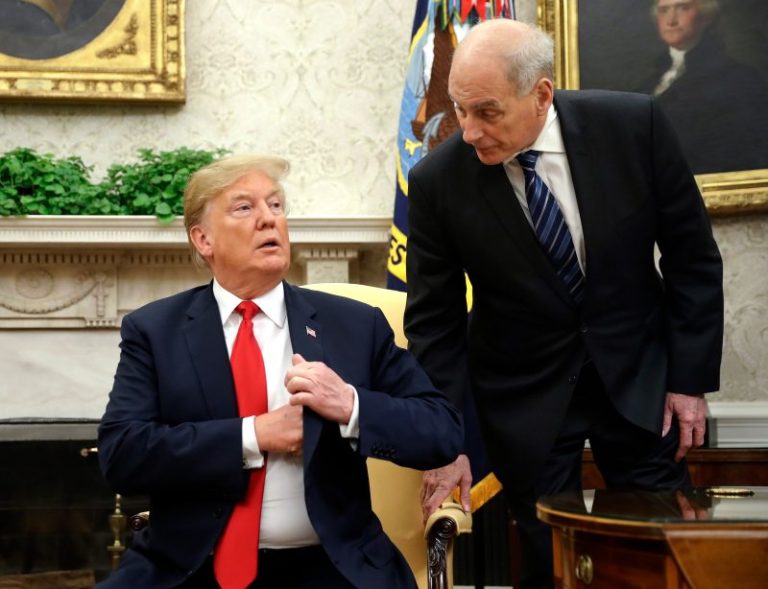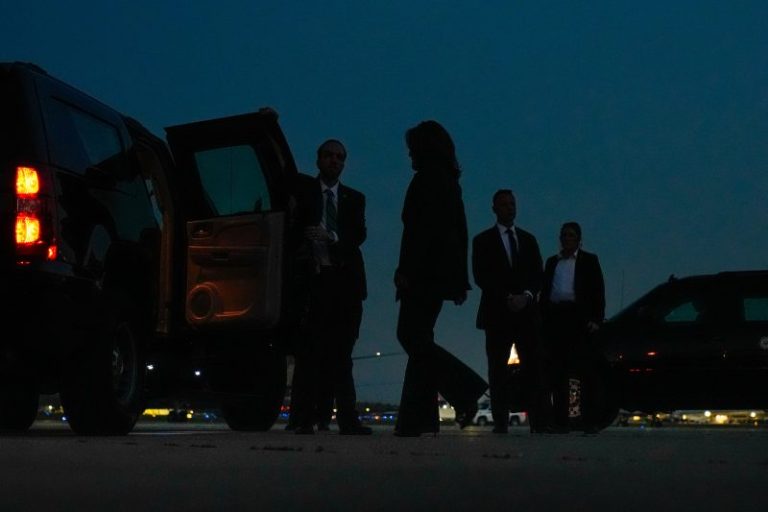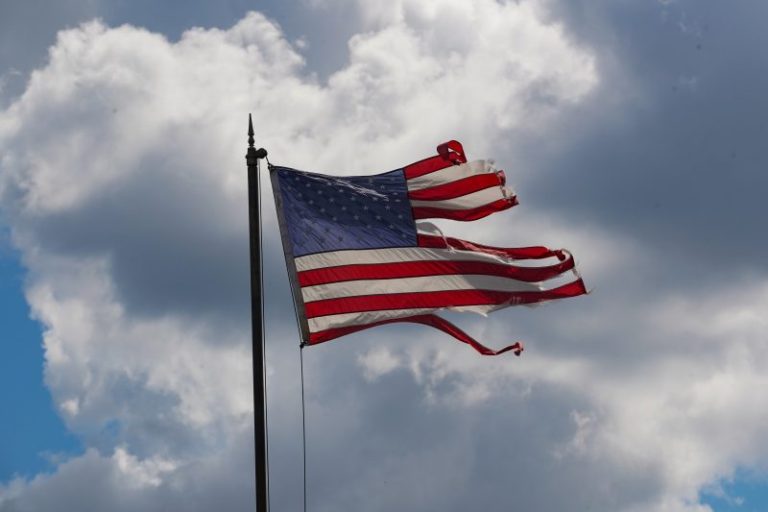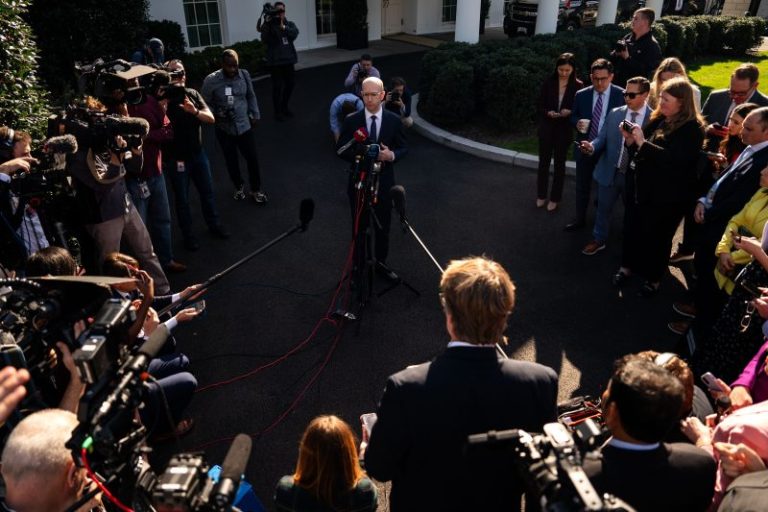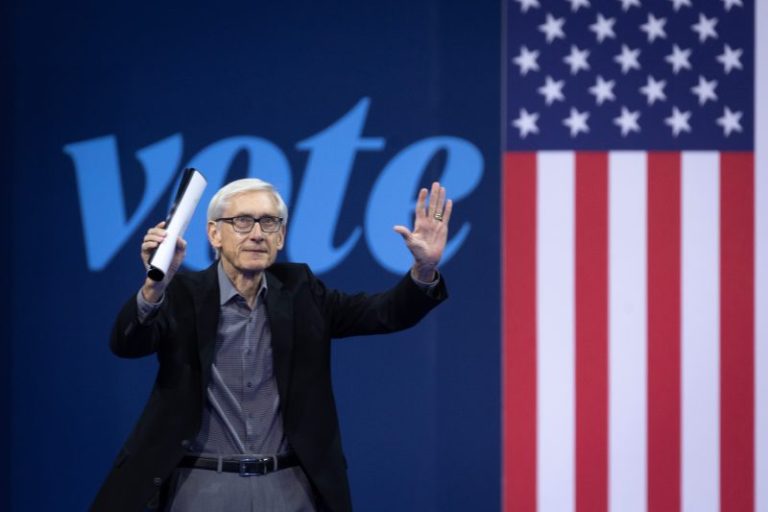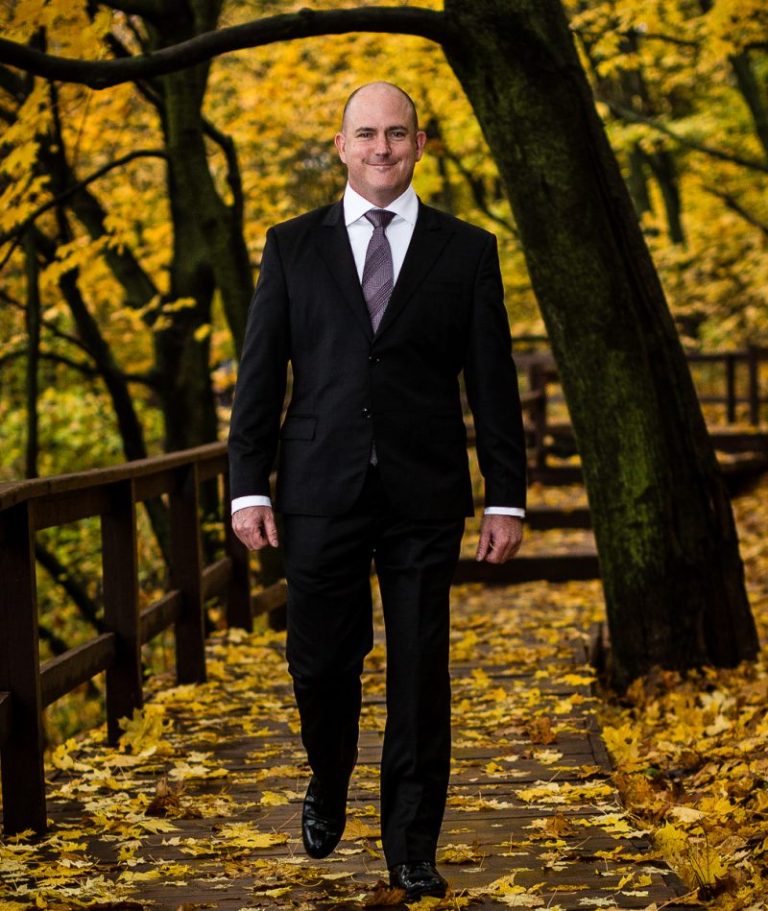A judge has stepped down from the criminal proceedings regarding the death of Argentine football legend Diego Armando Maradona.
An Argentine court had removed the judge, Julieta Makintach, after one of the defendants in the Maradona trial requested her disqualification due to a possible lack of impartiality and for allegedly authorizing the filming of a documentary during court hearings.
Makintach accepted the court’s disqualification.
In a previous hearing, she had stated that her brother is a partner at the production company mentioned in the case, but it had nothing to do with a potential documentary about Maradona.
Maradona, world-famous for scoring the goal that won Argentina the 1986 World Cup, died of heart failure in November 2020. Argentine prosecutors have accused eight medical staff of “simple homicide” in the footballer’s death.
The trial for seven of the eight defendants began in March, with the eighth due to be tried by jury after the initial proceedings finish. The charges carry a possible sentence of eight to 25 years in prison.
This is a developing story and will be updated.


